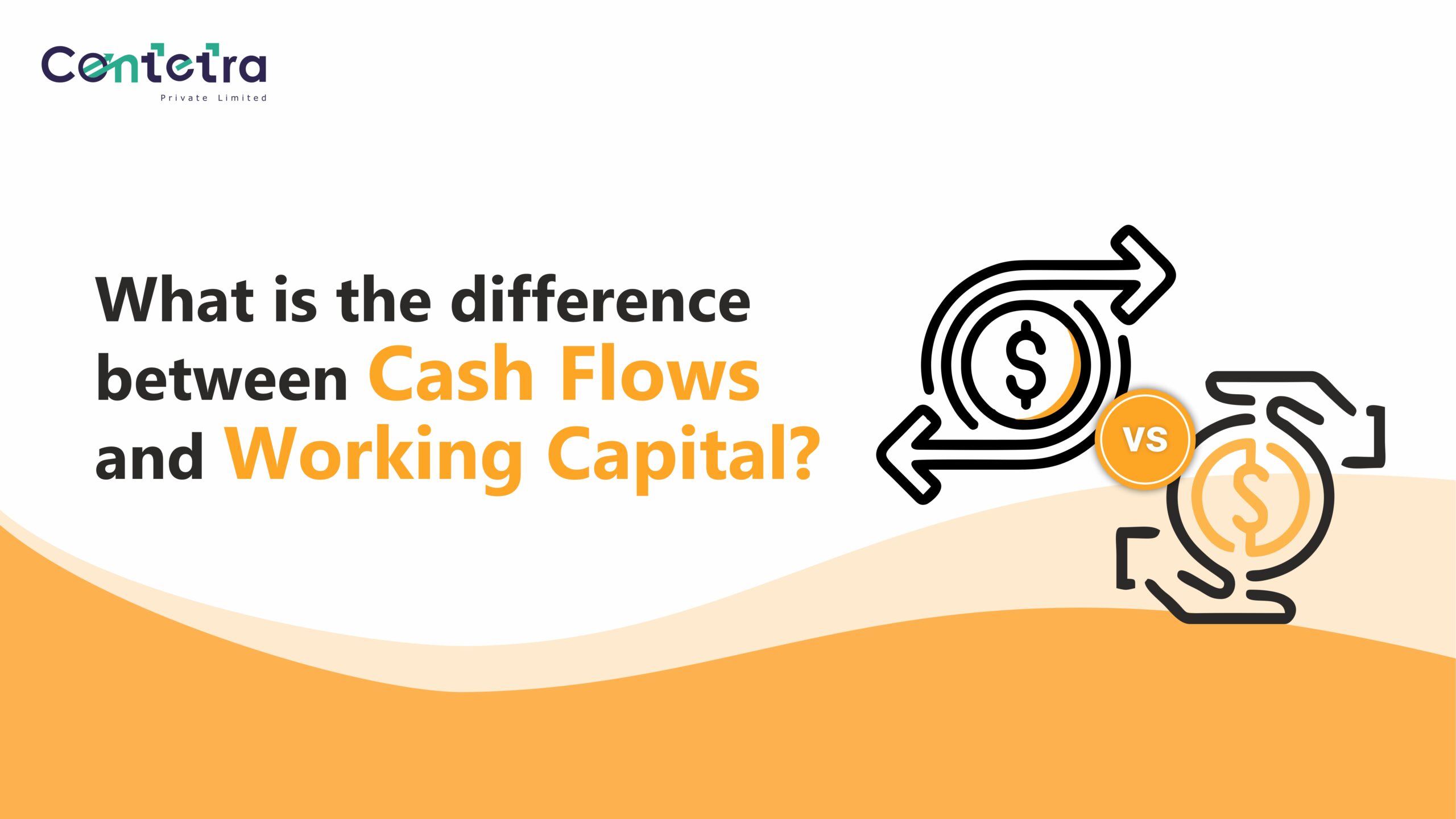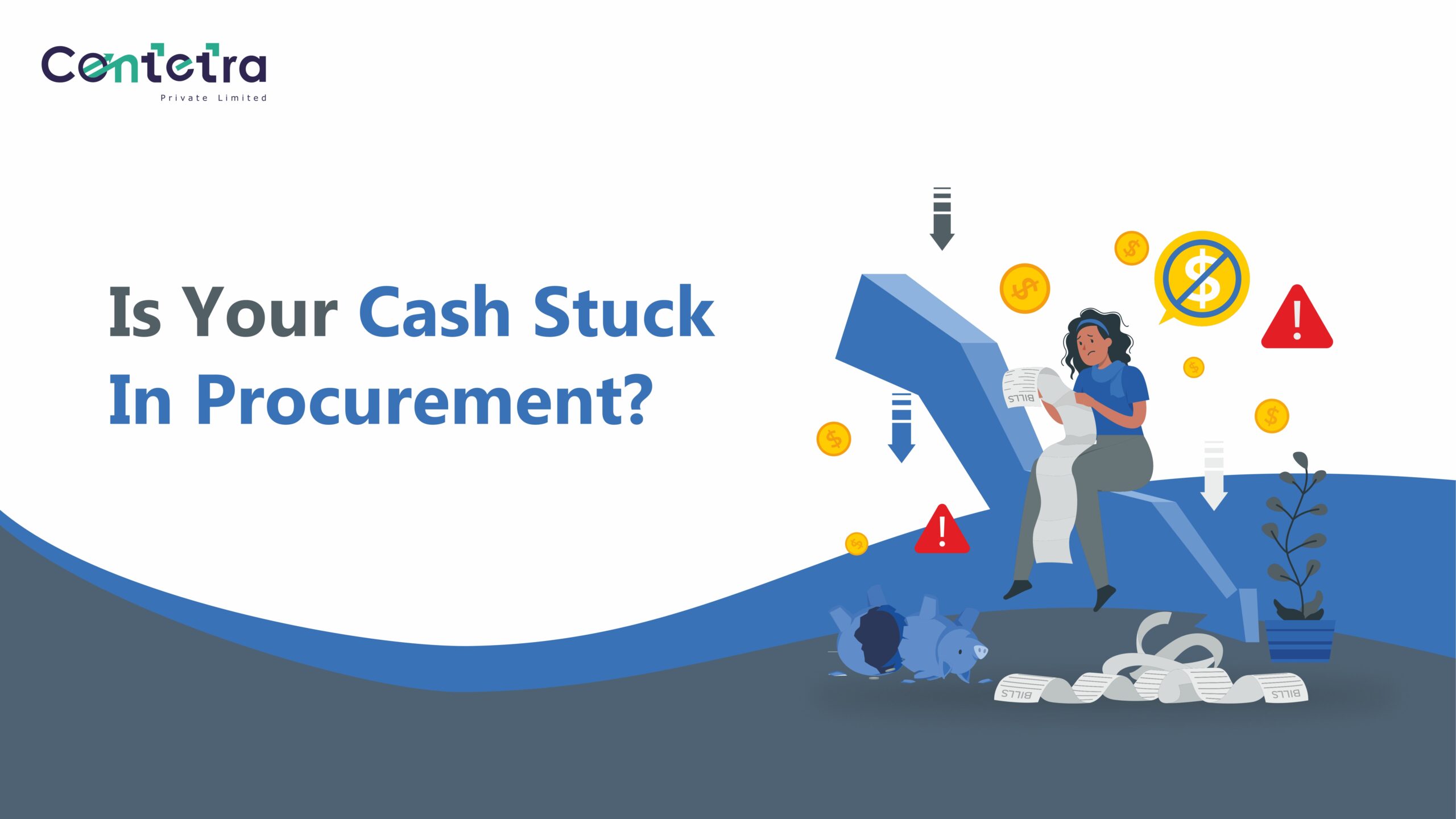A strategy is crucial for the success of any plan.
Let it be any project, any function, any product, or the whole business. Everything we are building needs a strategy to be executed.
And “strategy,” per se, is not a pristine concept in the market. It’s been here for ages, like Chanakya Neeti.
But the difference is that it’s not 400 BC anymore.
We, particularly business owners, need analytical and business strategic planning for each of our function’s targets. We have to allocate budgets for each department to facilitate our business targets. To pave the way for your upcoming fiscal success, it’s essential to begin with the fundamentals of the sales function.
So, let’s dig in about why and how!
The Primacy Of Sales
The sales function is undeniably the lifeblood of any business. They serve as the driving force behind revenue generation, profitability, and sustainable growth.
It is as simple as, no sales = no business.
Sales is also the biggest and most important piece of every budget. Every business budgeting activity starts with the sales targets; the rest is just computation.
Why is this? All your expenses (direct & indirect), will depend on your sales figure.
Starting the business budgeting process with sales ensures that all subsequent business strategic decision and financial decisions are rooted in the organization’s revenue-generating capacity.
So, lets dive into how you should prepare your sales budget!
Bucketising Your Sales
To effectively manage your sales budget, it’s helpful to bucketize sales targets based on various customer-product scenarios. Your marketing strategies, sales targets and efforts will differ for each bucket. The expected sales amount will also differ for each bucket.
One of the major mistakes business owners make is – they don’t have a scientific method for preparing their budgets, they pick a number based on their ambitions.
Let’s say you made sales of Rs. 10 crores in FY 2022. How will you arrive at your budget for FY 2023? And no, you can’t just assume a target of Rs. 20 crores. This target has to be realistic and achievable, but most importantly, based on data.
The 5 pillars of preparing your sales budget are:
- Existing Customer, Existing Product:
This is where you focus on getting repeat orders from your existing customers for your existing and established products. For example, Mr. A has purchased Rs.1 crore worth of goods from you in the last year. Mr. A should place an order of at least Rs.1 crore in the current year, if not more. The probability of receiving this Rs. 1 crore is 80%-90%.
- Existing Customer, Other Product:
Here, you target cross-selling opportunities to your loyal customers. These existing customers are already consuming one of your products. The aim of this bucket is to identify which of your other products can create value for your customers and sell that to them. The certainty of revenues further falls in this bucket and becomes – around 70%. If you fail to achieve this target, either there is an issue in one of your other products or you are not able to cross-sell properly.
The margins from your first two buckets should help you cover all the cost of the company – direct & indirect. These buckets help you ensure the survival of your company. As, if you cannot achieve the targets of these buckets, your business will not be able to grow further.
- Existing Customer, New Product:
When you launch a new product, you need feedback and review on it from customers without the risk associated with losing the customer. If a new customer does not like your product, there are high chances that they might not be willing to try any of your other products either. Here, the certainty of this revenue falls further to 60%. If you fail to achieve this target, your new product needs tweaks.
- New Customer, Existing Product:
In this bucket, you focus on expanding your customer base by appealing to new prospects with your existing and established products. Here the focus is on increasing your market presence so as to attract new audience. You are sure of your product and focus on growing your customer base in this bucket. Here, the certainty of revenue is again, 60%. If you fail in this bucket, you need to rework your marketing strategy and target the right audience.
This bucket will help you grow organically.
- New Customer, New Product:
Here, you focus on introducing both your brand and a new product to a fresh market. The aim of this is establish your product while simultaneously growing your customer base. Here, there is no certainty of revenue as this is essentially a trial and error process. If you fail in this bucket, there is a risk with both – your product and your target audience.
We hope you found this to be an insightful read!
To wrap up, sales are the lifeblood of a business, driving its growth and profits. Starting the business budgeting process with sales targets sets the foundation for all spending decisions.
This journey into creating a sales budget and business strategic planning showed us five important steps. First, focus on getting repeat orders from existing customers. Second, try selling different products to your loyal customers. Third, launch new products to existing customers. Fourth, reach new customers with your existing products. Fifth, introduce both a new product and your brand to new customers.
Stay tuned for Part 2, where we talk about allocating targets, preparing an incentive model and most importantly, measuring and analysing performance.














